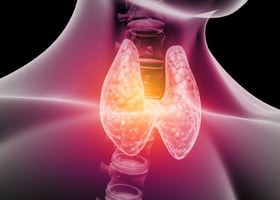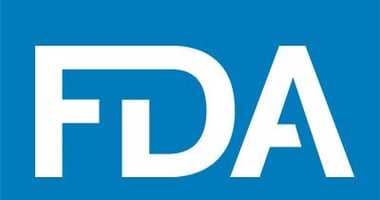Transcranial Direct Current Stimulation May Improve Outcomes in Patients With Bipolar Depression
 |
In this small study, patients with bipolar depression who received active tDCS showed superior improvement after six weeks of treatment compared with those who received sham treatment. Additionally, active tDCS did not induce more manic/hypomanic episodes—which the authors noted is a significant concern when treating bipolar depression.
Bernardo Sampaio-Junior, M.D., of the University of São Paulo and colleagues recruited patients with type I or II bipolar disorder who were experiencing a major depressive episode and receiving a stable pharmacological regimen. Only those aged 18 to 65 with Hamilton Depression Rating Scale (HDRS-17) scores higher than 17 and who did not show a clinical response after one or more pharmacotherapies in the acute depressive episode were included in the trial.
During tDCS sessions, patients were fitted with electrodes over the left and right dorsolateral prefrontal cortex (DLPFC)—a brain area whose metabolism increases after successful antidepressant treatment. The patients received 10 consecutive daily 30-minute, 2-mA sessions of active or sham tDCS on weekdays, followed by two sessions at weeks 4 and 6. Sham tDCS was delivered using the same protocol and current intensity, but the period of active stimulation was only 30 seconds.
Participants were assessed by blinded psychiatrists and psychologists at baseline, week 2, week 4, and the end point (week 6). Adverse events were recorded at weeks 2 and 6.
Of the 59 patients included in the trial, 52 (26 in each group) completed all 12 tDCS sessions as well as the final assessment. Active tDCS was superior to sham for sustained response (defined as a sustained >50% reduction from baseline HDRS-17 score since time this outcome was first achieved through week 6); cumulative response rates were 67.6% in the active group versus 30.4% in the sham group. Active tDCS was not found to be superior to sham for sustained remission (defined as sustained HDRS-17 score ≤7 from time this outcome was first achieved through week 6); remission rates were 37.4% versus 19.1%, respectively.
Patients who received active tDCS were more likely to develop skin redness than those in the sham group (54% versus 19%); however, the frequency of other adverse events did not differ. There were nine treatment-emergent affective switches throughout the trial: five (19%) in the sham and four (15%) in the active group. “However, these episodes did not meet the criteria for a major depressive episode with mixed features, hypomania, or mania per DSM-5 guidelines and required no hospitalization, trial discontinuation, or specific treatment,” the authors reported.
They concluded, “Although preliminary, our results are promising and encourage further trials to examine the efficacy of tDCS in a large bipolar disorder sample.”
For related information, see the Psychiatric News article “Adjunctive Light Therapy Found Effective for Bipolar Depression” and the AJP article “Low-Intensity Transcranial Current Stimulation in Psychiatry.”
(Image: iStock/Henrik5000





